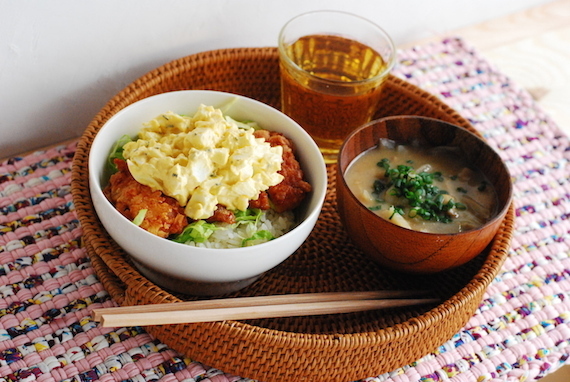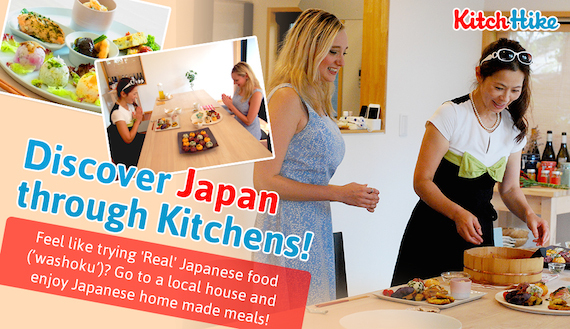My name's Richard. I moved to Japan in 2012 to further my studies of the Japanese language, as well as to learn more about Japanese culture.
I'd like to share my love of Japan with the world, while also continue my studies of (and hopefully master) the Japanese language. My favorite anime is ドラゴンボール (Dragonball), my favorite food is 豚骨ラーメン (Tonkotsu Ramen), and 2~3 times a week participate in 空手 (karate) lessons at my local dojo.
For those of you who've ever been to Japan, or even just eaten at a Japanese restaurant, you'll know that eating in Japan is slightly different than in your country. The food served in Japan, 和食 (washoku・Japanese food) as it's called, is not only different than what one might eat in their country, but the way in which it's eaten is also different.
Before One Eats
In Japan, one uses chopsticks to eat their meal. And when one might usually eat soup with a spoon, in Japan, one simply drinks straight out of the bowl. Before eating a meal Japanese people will say いただきます (itadakimasu).
This phrase is used before one eats their meal, showing respect for the food that one is about to eat. This phrases is said to have come from the word 頂く (itadaku) which is a polite way of saying 'to receive.' A polite way of letting someone know you've received your meal.
Japanese Etiquette
When eating one's meal, there are a few points to keep in mind, particularly when using one's chopsticks. There are a number of taboos when it comes to using chopsticks, but here are some important ones to remember:
ねぶり箸 (neburbashi)
- Licking one's chopsticks
迷い箸 (mayoibashi)
- Hovering one's chopstick over various dishes when one can't decided what food to eat
持ち箸 (mochibashi)
- Holding chopsticks and a bowl/plate in the same hand
刺し箸 (sashibashi)
- Stabbing food with one's chopsticks
移し箸 (utushubashi)
- Passing food to another person by chopsticks
These actions are a breach of manners, and should be avoided whenever in Japan, or at a Japanese restaurant.
When finished one's meal, Japanese people will say ごちそうさまでした (gochisosama-deshita), which is another polite expression used to show respect for the food they've just eaten. This phrase also indicates that one has finished their meal.
Japanese Cuisine
Depending on the Japanese meal you eat, the proper etiquette which one must have will be slightly different. However, following these simple tips will ensure that no matter what Japanese meal you eat, you'll always have good manners at the table.
There are lots of delicious Japanese meals not only in Japan, but many which can also be enjoyed around there world at a number of Japanese restaurants. Now that you know what to avoid at the table, lets go and try some delicious Japanese food. itadakimasu!
(Text by Richard Perkins)
[What is KitchHike?]
Discover Japan through kitchens!
It's a service that lets you meet real people, and eat real food in Japan. Feel like trying real Japanese food ('washoku')? Go to a local house and enjoy Japanese home made meals!
The KitchHike community is the largest of its type, where Japanese people invite foreign visitors into their homes to eat authentic Japanese meals.
[Are you interested in KitchHike?]


